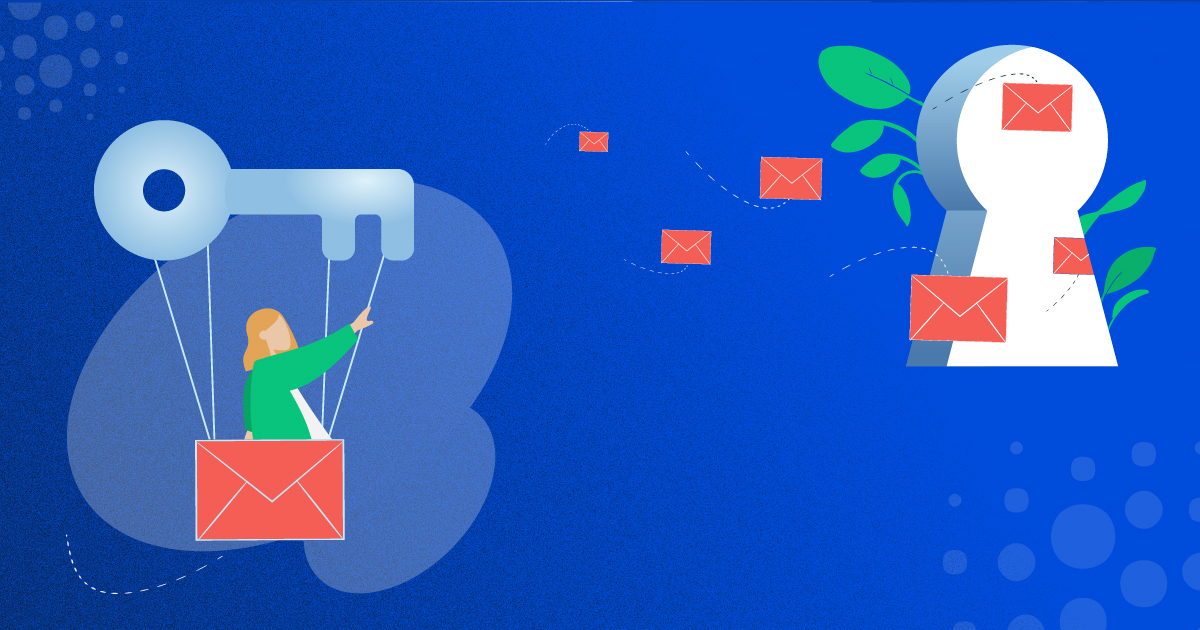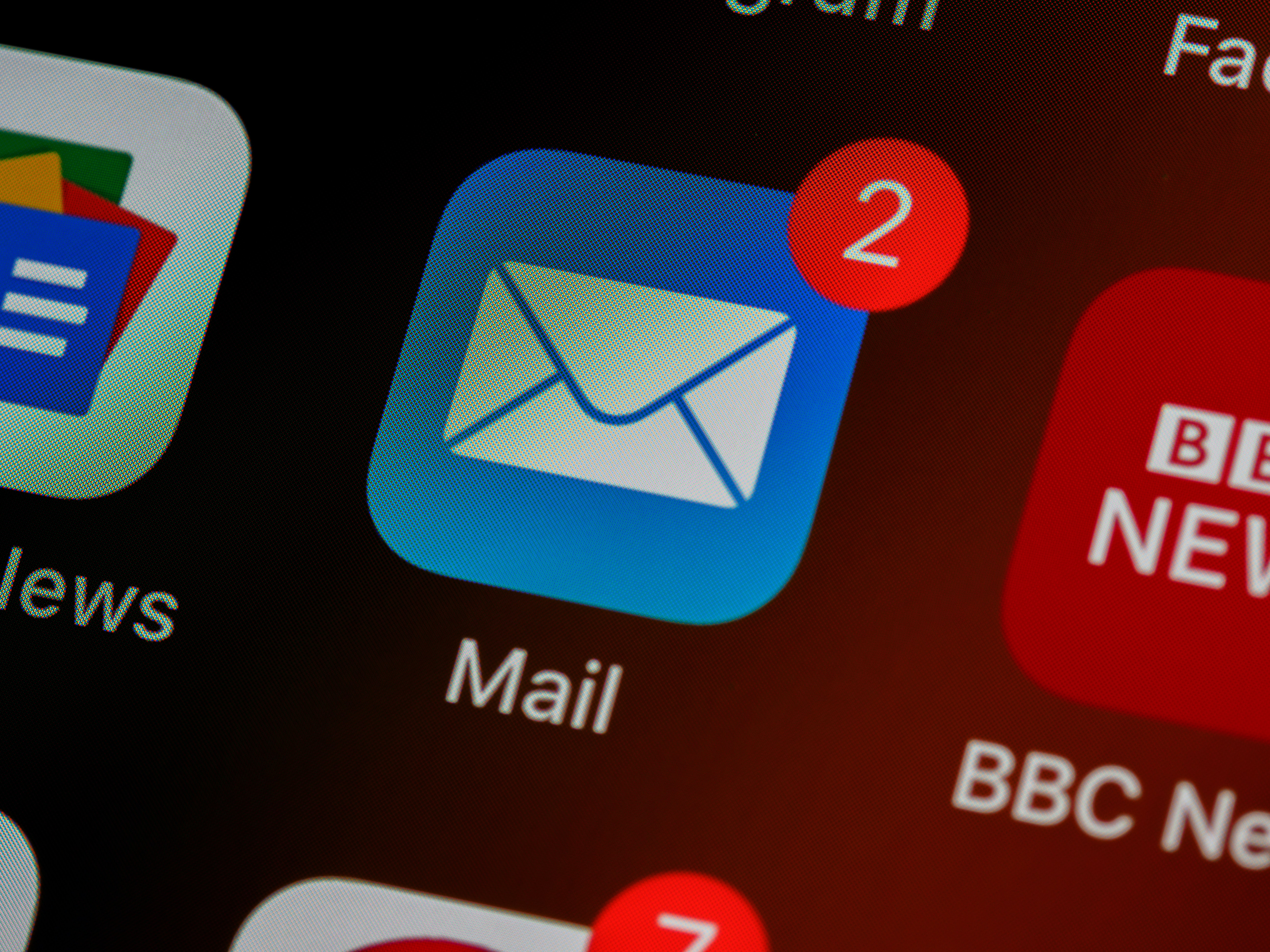Webinars are one of the most powerful tools in the modern marketer’s playbook. They generate leads, nurture prospects, and establish thought leadership. But even the most compelling content can fall flat if nobody shows up.
The real challenge? Cutting through inbox noise to drive registrations and engagement. Not to mention, mastering the follow-up strategy to convert attendees into closed-won deals is a well-timed art form. That’s where a strategic, well-crafted webinar email campaign becomes your secret weapon.
In this blog, we’ll walk through how to:
- Design an impactful webinar email
- Create irresistible subject lines
- Leverage strategic timing
- Utilize layout visuals
- Embrace content must-haves
Whether it’s your first webinar or your fiftieth, these tactics will help you turn email recipients into enthusiastic attendees.
Set Goals for Your Webinar Emails Before You Hit Send
Before diving into templates and design, start with strategy. A successful webinar email invite and its corresponding campaign are guided by clear, measurable goals. By establishing benchmarks for performance metrics like open rates, click-through rates (CTR), and registration conversions, you create a roadmap to optimize and evaluate success.
Equally important is understanding your audience and using smart segmentation to ensure each message feels personal and relevant. Set targets that push your marketing forward, and make sure you know exactly who you're trying to reach.
- Benchmark Open Rates: Depending on your industry, average open rates for marketing emails may sit around 20-25%. Use this as a baseline and aim higher with optimized subject lines and segmentation.
- Targeted Segmentation: Don’t send to your entire database. Segment by job titles, interests, past engagement, or lifecycle stage to increase relevance—and results.
- Set a Conversion Goal: Your email campaign should drive action. Know what success looks like: is it 200 registrants? A 30% click-to-register conversion rate?
Craft Webinar Email Subject Lines That Drive Opens
Subject lines are your first (and often only) chance to grab attention. In a crowded inbox, a weak or vague subject line can doom even your best content to the spam folder. Effective subject lines are concise, engaging, and clear about the value they offer. The goal is to stop the scroll and spark curiosity—without sounding gimmicky. Here are best practices to help you craft subject lines that get noticed.
Subject Line Best Practices
- Keep It Short and Punchy: Aim for under 50 characters.
- Use Urgency & Exclusivity: Phrases like “Last Chance” or “Seats Filling Fast” work wonders.
- Highlight the Value: Mention what attendees will learn or who they’ll hear from.
- A/B Test: Try multiple formats and track performance—sometimes, even an emoji makes a difference.
Examples:
- “3 Secrets to [TOPIC] – Live Webinar”
- “Happening Tomorrow: [Speaker Name] Shares Insider Tactics”
- “Only a Few Seats Left for [Webinar] – Don’t Miss Out!”
60% of Net New Pipeline from Webinars
Discover how a B2B company used webinars to generate these results in just one year.
Choose the Right Webinar Email Templates
Email templates are more than a design choice—they are strategic tools that guide the flow and cadence of your campaign. A strong mix of email types keeps your audience engaged throughout the lead-up to your event. From the first invitation to the final thank you, each email should serve a specific purpose, delivered with thoughtful timing and compelling content. Let’s break down the essential templates every webinar campaign should include.
Essential Templates to Include
- Announcement/Invite Email
Kick things off three weeks before the webinar. Include the title, value proposition, speaker highlights, and a bold CTA. - Registration Confirmation
Immediately confirm their spot. Reinforce key details (date/time), share automated calendar invites, and preview what they’ll learn. - Further Promo Emails
We recommend sending 4 to 5 promotional emails during a 3-to-4-week window. Try spotlighting speakers, teasing exclusive takeaways, or sharing quotes. - Last Chance to Register
Send a final push a day or two before the event—play up urgency! - Reminder Emails
- 1 Week Before: Reinforce the event’s value to remind them of their intent to attend.
- 1 Day Before: Include log-in instructions and speaker reminders.
- 1 Hour Before: Quick “Don’t miss it!” note with a join link.
- Replay/Thank You Email
Include the recording, a short recap, and a follow-up CTA (e.g., book a call, read a related blog, etc.).
Advice: Make sure all templates are mobile-friendly, cleanly designed, and brand-consistent. There’s no need to reinvent the wheel every time. Instead, use elements consistently across the templates for a cohesive experience, which simplifies your virtual events to make them reproducible for specific marketing needs.

A Good Template Will Contribute to Better Email Performance
Getting an email opened is only half the battle. Once inside, your email needs to convince the reader to take action. High-converting templates combine strategic design with clear messaging. They guide readers' eyes down the page, build interest with compelling visuals and copy, and make the next step effortless. The key is clarity and simplicity—cut the clutter and focus on what matters most.
Elements of a High-Converting Webinar Email
- Headline with Value Proposition: Be clear about the benefit of attending.
- Speaker Info + Headshots: Build trust and authority.
- Clear CTAs: Don’t hide the “Register Now” button—repeat it multiple times.
- Responsive Design: Over 40% of emails are opened on mobile. Use large buttons, clean fonts, and scannable text.
Advice: Avoid overwhelming readers with too much copy or clutter. Simplicity sells.
What Content Should Be in Your Webinar Emails?
Even the most beautifully designed email can fall flat if the content is lacking. Each webinar email should contain a clear set of key details that help recipients understand why they should care and what they need to do. It's not about overloading the email with text; instead, it’s about presenting the right information in the right place to maximize clarity and motivation.
Key Information to Include
- Webinar Title, Date, Time: Place these key details always near the top.
- Why It’s Worth Attending: What problem does it solve? What’s in it for them?
- Speaker Names, Titles, Company Logos, and Bios: Keep it concise but impressive.
- Agenda or Key Topics: Give a sneak peek to hook interest.
- CTA Buttons: Make registration ridiculously easy. Put one at the top, one in the middle, and one at the end of the email.
Advice: Place the most important info “above the fold” so readers don’t need to scroll to find it.

Smart Placement of Speakers and CTAs
Strategic placement of visual elements can dramatically improve email performance. Readers tend to skim, so it’s crucial to feature speakers and calls-to-action (CTAs) in spots where they’re most likely to be seen. These elements build credibility and drive conversions—but only if they're placed thoughtfully. Here’s how to position them for maximum impact.
Where to Feature Speakers
- Invite Email: Showcase speakers above the fold with a headshot and a compelling quote or their job title.
- Confirmation & Reminders: Add bios and accolades to boost excitement and trust.
- Use Credibility Boosters: Include recognizable company logos, media features, or event co-hosts.
Where to Place CTAs
- Top: For users who act fast
- Middle: Reinforce value after content
- Bottom: Capture final clicks
[Sample Email Screenshot]
Timing is Everything: When to Send Your Webinar Emails
When it comes to webinar emails, timing can make or break your campaign. Send it too early, and your audience may forget. Send it too late, and they may not have time to act. The key is building momentum without overwhelming your subscribers. Use a well-timed email cadence that guides your audience smoothly from awareness to attendance.
Pre-Webinar Timeline
- Announcement: Three weeks in advance
- Promo Emails: Every 2 to 3 business days leading up to the event
- Reminders:
- 1 week before
- 1 day before
- 1 hour before (this one is crucial)
Best Times to Send
According to performance data (and our experience at Proper Expression), early morning emails—between 7:30–8:00 AM—tend to perform best. But don’t guess: A/B test your send times to see what resonates with your specific audience.
Post-Webinar Follow-Up
The post-webinar follow-up is just as important as the promotional lead-up to the webinar event itself. That’s because it’s your organization’s opportunity to capitalize on the interest you’ve generated from the event itself. Strike while the iron is hot, so to speak.
- Thank You Email: Send within 24 hours and include a link for replay.
- Optional Content: Consider a blog recap or downloadable summary to extend the life of your webinar.
Ready to Level Up Your Webinar Strategy?
A strong email sequence can be the difference between an empty Zoom room and a packed virtual event. From the first invite to the final follow-up, every email is a touchpoint with your audience—and you can make it count.
ProperExpression has helped several organizations leverage webinars to drive revenue and close deals. For example, we’ve helped customers drive 49% more attendance, 178% more registrations, and 60% of net new pipeline directly because of our involvement in their webinar events. Read our case study here.
Want to build a high-converting webinar funnel that fills your pipeline? ProperExpression has deep expertise in all the elements shared in this article to drive ROI for your event marketing strategy.







